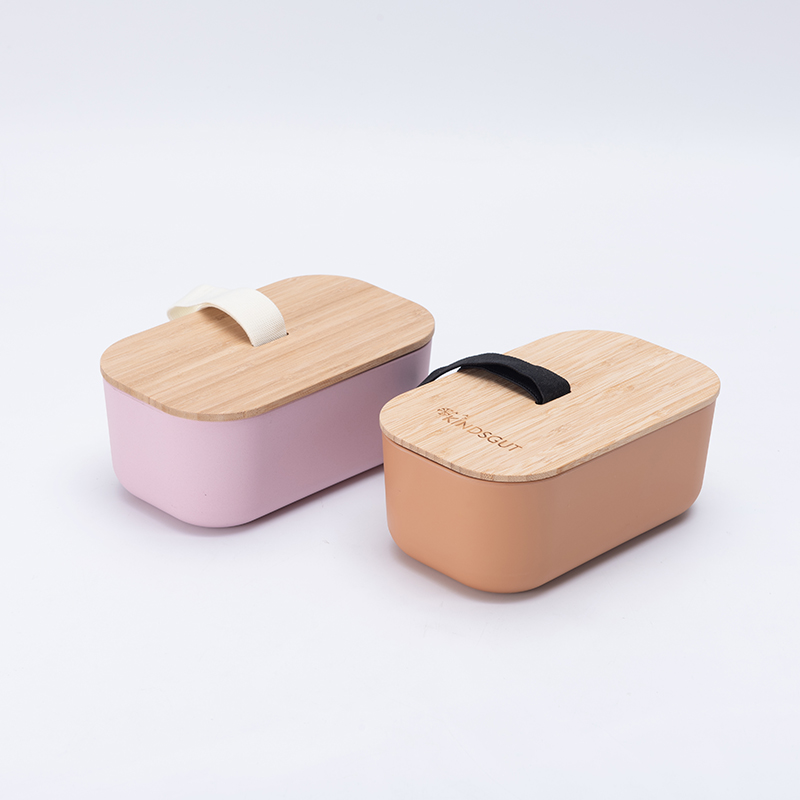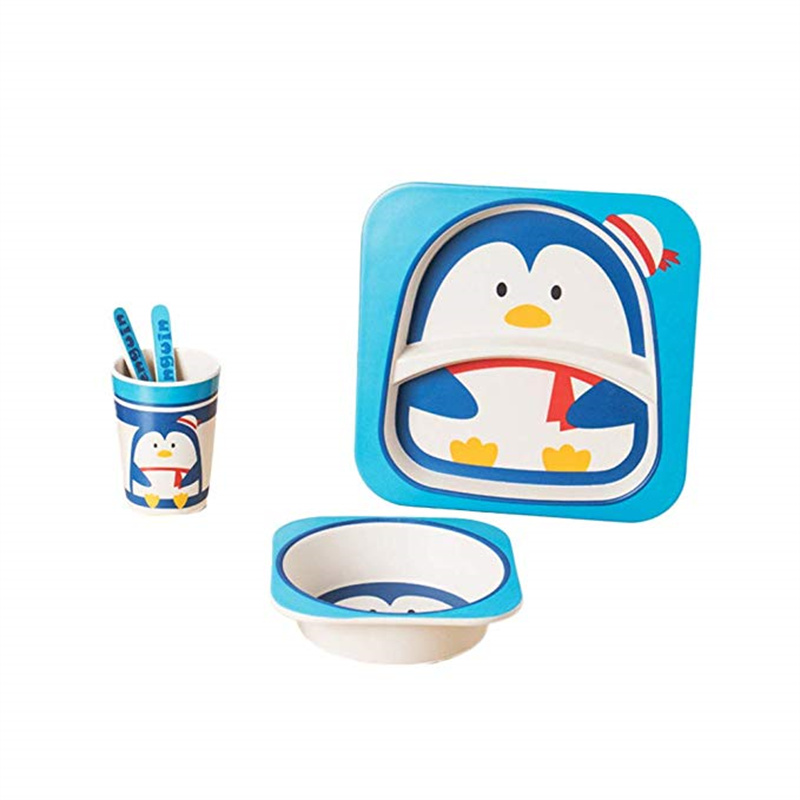To revisit this recipe, visit My Account, then View saved recipes.
To revisit this recipe, visit My Account, then View saved recipes 16oz Compostable Cold Cups

All products featured on Epicurious are independently selected by our editors. However, when you buy something through our retail links, we may earn an affiliate commission.
If your house is anything like mine, you’ve got a kitchen cabinet filled to the brim—no, overflowing—with plastic food containers. Maybe some are ones you’ve bought expressly for the purpose of storing leftovers or decanting dry goods, but chances are you’ve got some (or in my case, many) that originally served as vessels for that curry you ordered for takeout, or the olives you bought from your weekend farmers market. More often than not, these take the form of so-called “deli containers”—you know, those clear cylindrical plastic tubs that come in eight ounce, pint, and quart-sized varieties. The genius of these containers—and the reason we love them—is that they’re stackable, and the universal lids fit every size. But their ubiquity and convenience, and the fact that they tend to get suspiciously pliable when filled with piping hot stock, had me wondering if they’re really safe to reuse over and over again.
To get the lowdown on all things deli container, I turned to the experts: I spoke with Genoa Warner, PhD, an assistant professor in the department of Chemistry and Environmental Science at the New Jersey Institute of Technology; Jimena Díaz Leiva, PhD, the science director at California-based nonprofit the Center for Environmental Health, and Samara Geller, the senior director of cleaning science at the Environmental Working Group. Read on for their recommendations as to what’s safe—and what may not be—when it comes to using plastic deli and take-out containers in your kitchen.
The answer, unfortunately, is not as straightforward as one would hope. “You can reuse them,” says Warner, but “it’s hard to judge what’s safe and what isn’t.” That’s because there’s a whole lot we don’t know about what, exactly, goes into plastic take-out containers (and plastic products of all kinds, really).
If you flip over a plastic container, water bottle, or carton, you’ll probably see a number surrounded by an equilateral triangle. That’s because plastic products are typically labeled according to a numerical system developed by the Society of the Plastics Industry (now known as the Plastics Industry Association) in 1988—a system that, while not federally mandated, is currently being used in some shape or form by at least 36 states. Called the Resin Identification Code, it denotes what kind of base plastic a given product is made of (deli containers are typically made of polypropylene, denoted by a “5”).
But base resin aside, there are thousands of different chemicals that get added to plastics to give them specific properties. “Many of them are proprietary secrets of these manufacturers,” Díaz Leiva says, “and very few of them have undergone any sort of testing to prove that they’re safe to use.” Geller adds that the plastics industry overall “is really lacking transparency in terms of providing complete formulas for their plastic products, including their plastic take-out containers.” That lack of transparency is compounded by the fact that the FDA’s review process relies on toxicological data submitted by the manufacturers themselves. While the FDA provides “recommendations,” there are no actual regulations in place for how those manufacturers’ tests are performed.
What we do know is that almost all of the plastics that have been studied and tested show signs of leaching, to varying degrees, some of the chemical additives that go into them. Díaz Leiva explains that these additives are there to contribute properties deemed desirable by manufacturers—we’re talking things like flexibility or resistance to degradation in UV light.
Perhaps the most notorious of these chemical additives are bisphenol A (commonly known as BPA) and a class of chemicals called phthalates (also known as plasticizers), both of which are proven endocrine disrupting chemicals (EDCs). The issue with EDCs is that they do things like mimic estrogen within the body and can therefore affect bodily systems in which hormones play a role. Some, for instance, are obesogenic, altering metabolism and the storage of fat, while others can affect reproductive health.
The more notorious chemical additives like BPA and phthalates have been (and continue to be) the subject of extensive research, resulting in actions such as the FDA’s banning of BPA from use in baby bottles and sippy cups. But there’s a huge knowledge gap around those thousands of lesser-known chemical additives that show up in plastics—including, for instance, some of the chemicals that have replaced known threats like BPA. Geller points to a database of over 12,000 food contact chemicals (FCCs) that was compiled by the Food Packaging Forum, a nonprofit based in Switzerland, in an effort to “systematically collect, analyze, and publicly share information on FCCs” based on publicly available information.
In their analysis of these chemicals they identified a huge need for more research: Based on the “authoritative sources of hazard information” they consulted in their research, they concluded that we lack hazard data and thus require more research on over a quarter of those 12,000 chemicals known to be intentionally added to food contact materials. According to Geller, “that in itself gives us caution around whether we would want to recommend that users and their households reuse those products.”
Chemical additives aside, we also know that plastics are made up of incredibly strong chemical bonds. Geller explains that because of those bonds, plastics don’t readily biodegrade—instead, they break into smaller and smaller fragments. The result? Microplastics and nanoplastics, which can end up in the air, in the environment, and—just like those chemical additives—in your food.
If you’re dead set on reusing your take-out containers, it’s best to keep cold or room-temperature things in them—this is best practice with any plastic container, really, whether it’s marketed as “reusable” or not. You’ll also want to avoid anything acidic or saucy, which can further encourage leaching. “Dry goods at room temperature are much less risky than hot tomato soup,” says Warner. And know that even if you’re only storing dry goods, those containers will inevitably start to degrade from sunlight and continued washing. If you see signs of discoloration or cloudiness in a container, that’s a good sign that it’s past its prime—it means the material is starting to break down and is more likely to leach chemicals or microplastics. If you’ve got a pile of containers in your cupboard that you’ve been reusing since before you can remember, it’s time to recycle them.
I’ll cut to the chase: None of the experts I spoke with advised using plastic containers at all if you can avoid them (even the sturdier types that are sold as reusable storage containers). They certainly did not advise putting deli containers in the microwave or dishwasher. Warner puts it simply: “The more you reuse them, the more they would be likely to leach chemicals because of the repeated washing and exposure to acidic things and soap, and scouring them in cycles. And definitely don’t microwave them.” Heat will only make plastic more likely to leach chemicals, so the safest route here is to avoid it at all costs.
As it turns out, that microwave- or dishwasher-safe symbol refers largely to whether the plastic itself can withstand the microwave or dishwasher. “You can do it, they’re not going to completely melt,” says Warner, “but that doesn’t mean it’s good for your health.”
Similarly, the abrasive nature of the dishwashing process can jumpstart the process of breaking plastics down, regardless of whether they can physically withstand the cycle—that’s why you might notice a white film on your containers after you run them through the wash. “The properties of plastic are such that if they’re exposed to high temperatures or you’re repeatedly using them through the dishwasher or putting them in the microwave, they’re going to break down over time,” says Díaz Leiva. It’s the nature of the material itself, she explains, as opposed to something like glass or stainless steel that is more resistant to that kind of degradation.
Warner recommends glass containers as the way to go; they’re safe for the microwave, safe for the dishwasher, and won’t leach anything into your food. Díaz Leiva adds that stainless steel and ceramic are also suitable for food storage—like glass, these materials are not only safer for you, but they tend to last longer. They’re also better for the environment: Health concerns aside, Díaz Leiva notes that plastics belong to a class of products called petrochemicals, which rely on fossil fuels for production. That’s not to mention the effect that microplastics have on everything from our oceans to our soil. If you’re looking for some alternatives to replace your dilapidated stash of take-out containers, here are some of our favorite options:
Snapware Food Storage Container (24-piece set)
GlassLock Oven Safe Storage Containers (18-piece set)
Caraway Glass Food Storage Set, 14 Pieces
Onyx Airtight Metal Storage Container Set
Klean Kanteen Food Box Set
Start a free trial and get access to 50,000+ recipes and our iOS app—cancel anytime.
The things you should never store on top of your fridge.
How to avoid overmixing in baking—and why it matters in the first place.
Is it okay to freeze cheese?
When life gives you leftover wine, here’s how to make vinegar.
Sign up for our newsletters to get great new recipes and expert cooking advice.

Bamboo Fiber Coffee Cup © 2024 Condé Nast. All rights reserved. Use of this site constitutes acceptance of our User Agreement and Privacy Policy and Cookie Statement and Your California Privacy Rights. Epicurious may earn a portion of sales from products that are purchased through our site as part of our Affiliate Partnerships with retailers. The material on this site may not be reproduced, distributed, transmitted, cached or otherwise used, except with the prior written permission of Condé Nast. Ad Choices